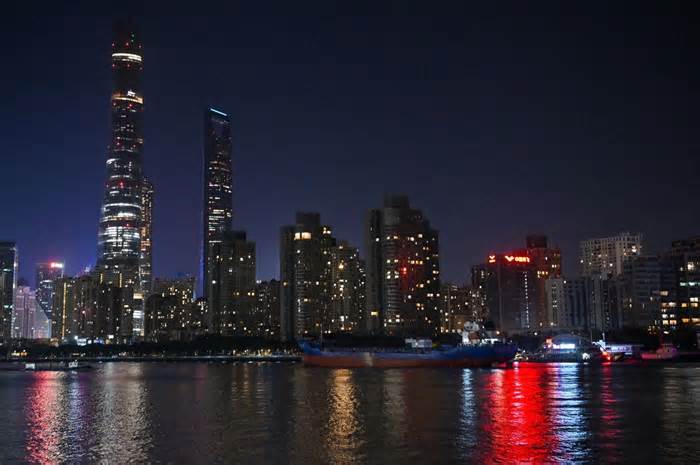“The world is awash in Chinese goods, and the United States, Europe and Japan are right to be worried. These are the first words of a recent Washington Post editorial on Chinese production. The bet is that the editors of the editorial may simply be reconsidering their pessimism. Production is bullish, by definition.
If the Post editorial board despises truly extensive Chinese production for the rest of the world, those same editorial writers despise the hard work department that is the basis of all productive progress. By extension, it behooves the Post editorial board to be dismissive of the automation of paintings and ideas that awaits us, since what improves human productivity (automation of paintings and ideas) promises herculean leaps in productivity for humans. United States, Europe, Japan and China, which will impoverish the supply in comparison.
It doesn’t matter if those who produce for us are on the other side of the street or on the other side of the world. What matters is that there is increasing production and quantities. To the extent that it exists, we all build ourselves up as the prices of goods and minimize along with our chances of making the paintings that are most affiliated with our unique skills and intelligence skyrocket. This is the case because imports, as well as the exchange of paints, allow us to specialize more and more, and when we are able to specialize, we are able to produce exponentially, so that our remuneration skyrockets.
The editorial goes on to report that “China’s exports overall grew about 13 percent last years,” and that the latter was by central decree. In the words of the editorialists, “China’s economy remains in the doldrums,” and “In hopes of pulling the country out of this hold, Chinese leaders are stepping on the gas for exports.” The bet here yet again is that the writers could be persuaded to rethink their pessimism about production and exports, including Post columnist Heather Long.
Recently, Long aired the aforementioned op-ed with a confident comment in which he stated that “China’s economy is suffering, and instead of encouraging Chinese consumers to buy more, President Xi Jinping is again seeking to reduce other countries’ costs by expanding their exports. “Perhaps she can also be persuaded to reconsider her analysis.
For one thing, if China’s central planners or long-term manufacturers “really sought to lower other countries’ prices,” they would not do so by “increasing exports. ” Quite the opposite. It is the lack of foreign production of a country that undermines the economic energy of that same country. Once again, the labor department is the main driving force for productivity gains, and there is nothing that comes close.
Next, we cannot emphasize enough that generating means importing. In other words, there is no such thing as “expanding exports” without expanding imports. Surely, Long and his fellow columnists could simply respond that because of the desperate poverty that was the norm in China not long ago, the Chinese have a tendency to keep the culmination of their exports to themselves. Well, even if that were true, no act of savings reduces demand. The stored money is immediately lent through financial intermediaries (opinion banks) to those who have short-term income needs. What is not spent through the productive is transferred without delay to those who will spend.
Which brings us to the editorial’s assertion that “China’s economy remains in the doldrums,” and that “The Chinese economy is struggling” (Long). Both assertions are rooted in the belief that the Chinese aren’t matching their production with consumption. No, that’s an impossibility. Bullish production is consumption, always and everywhere. China’s problem is economists, and their models, not its economy.

